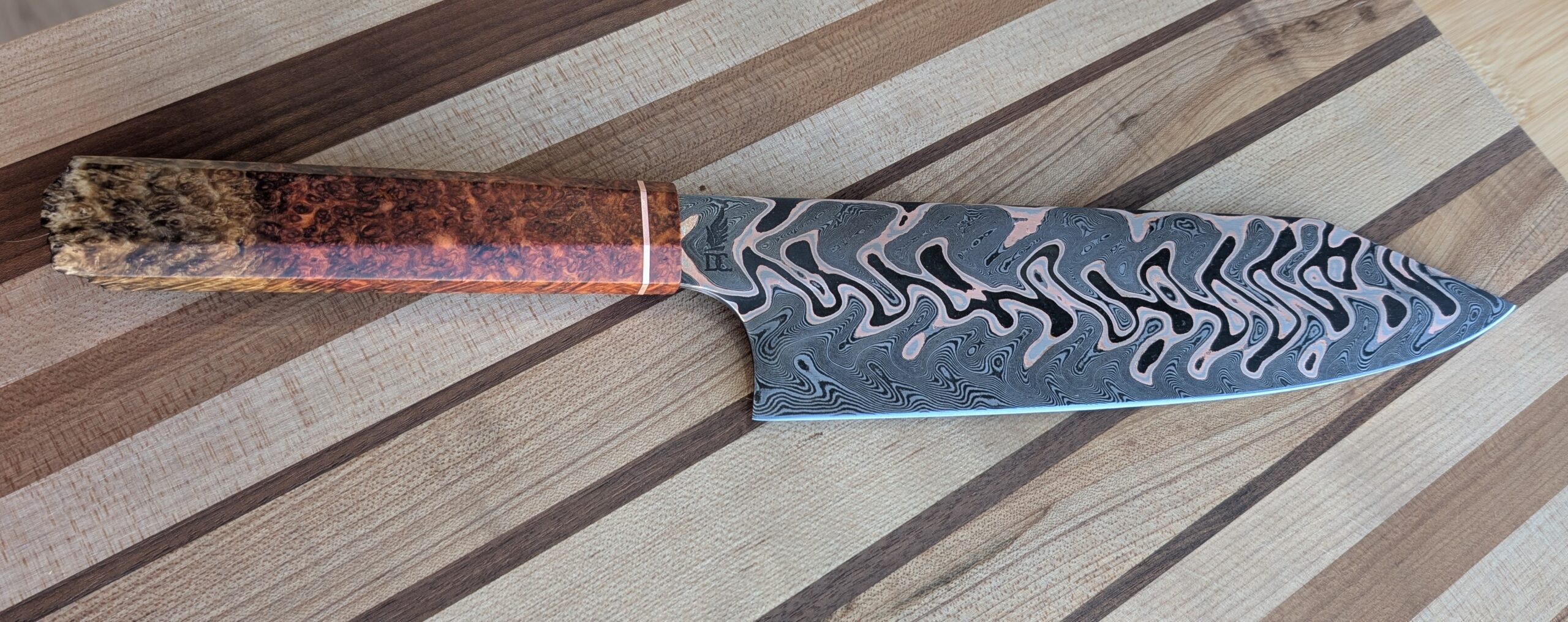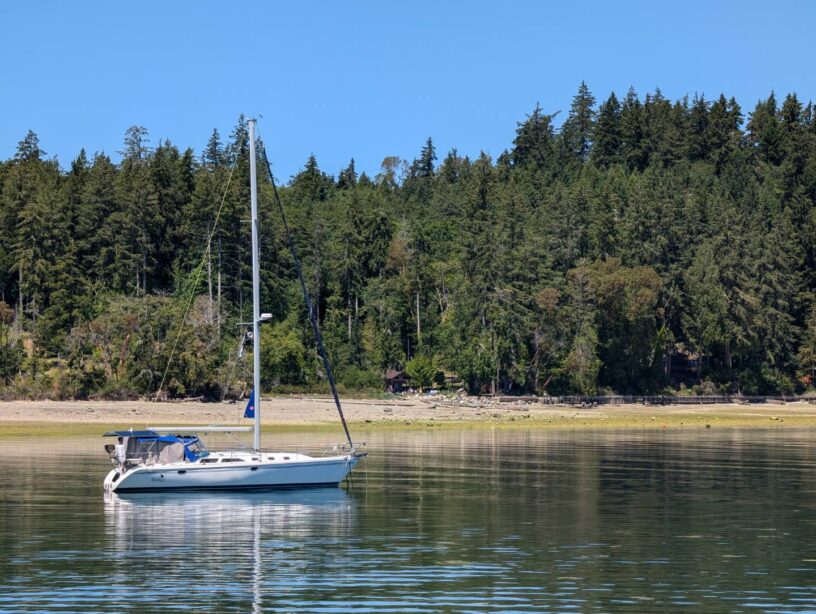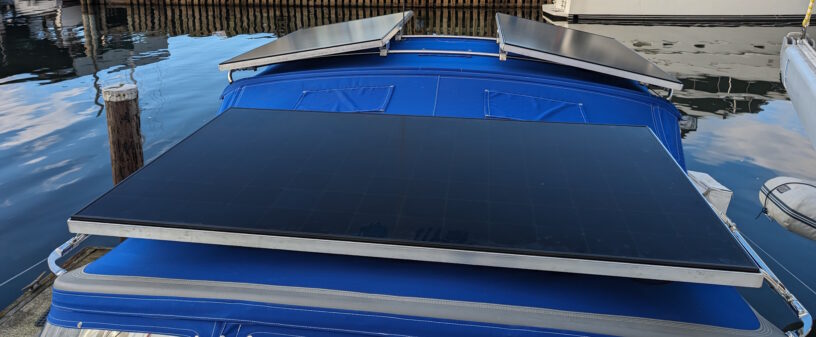The other major installation task we needed to finish before untying the lines was our watermaker. In our case, we bought a Schenker Zen50 from CruiseRO. I honestly cannot recommend CruiseRO enough. The owner, Rich Boren, is helpful and responsive, and that can make all the difference when installing a system like this.
sailboat

Our first two days as cruisers
As I type this, it’s just before 10pm on Friday night. But not just any Friday night: we untied the lines yesterday, leaving our (now former) home marina. It’s a bit surreal, but in that way where there isn’t some big transition, or huge set of feelings that I thought I might feel. Instead, it’s just a sense of contentment and calm. This is what I’ve been planning and saving up to do for eleven years now, and it just feels right.
We’re in Roche Harbor on San Juan Island tonight, at the All-Catalina Rendezvous. Kinda the perfect way to start our cruising life, getting to spend time with other folks that own the same make of boat. I got up this morning at 5:45am to get us going out of the anchorage at Port Ludlow, where we spent our first night. The timing allowed us to ride the outgoing tide through Admiralty Inlet past Port Townsend, and we had a 2-4 knot current all the way from just outside Port Ludlow to halfway across the Strait of Juan de Fuca. Despite not having any favorable wind to sail on, the currents carried us along quite quickly while I ran the engine at a relaxed pace, and we still were seeing 7-9 knots for the first several hours of the day.
Continue reading
So much boat work… but we’re almost ready
Our one year delay will, thankfully, be only a one year delay. My partner and I are nearly ready to go, and even have a fairly solid date for untying the lines: April 24th. As I write this, we’re living out of a hotel while the boat is hauled out to deal with some under-the-waterline modifications we need to make. Hopefully we’ll be back in the water in about two weeks, and then we’ll have about a month to finish our prep.
But first, let’s back up a little bit and take a look at what we’ve gotten done in the last eight months since I last posted. Not just boat work either; I finished a few knives and am finishing up a few more in the last few weeks until I close my workshop up.
Continue reading
Life changes plans/Updates on boat systems
It’s been a lot longer than I would have liked since I made a post here. Boat work hasn’t stopped, but as will become obvious from this post, we haven’t untied the lines or started heading up the Inside Passage. Unfortunately my partner has been dealing with a mysterious health issue since the beginning of the year, and we’ve delayed our plans to deal with it.
But, in the mean time, there’s always boat work. The schedule has changed in a lot of ways, but many projects have been completed and we’ve had time to get a feel for our electrical system and solar panels. The short version? The results are extremely promising.
Continue reading
Solar panels and ethernet
While we finish the Raymarine install–just some final mounting things to get done that have been waiting on materials to arrive–plenty more has been done. More of the Raymarine gear is installed, including the rudder sensor and linear drive, the SeaTalkNG/NMEA2000 network has been running beautifully for weeks now, and I’ve gotten the Signal K server all set up. With the last step, I also added a RuuviTag environmental sensor outside that is linked to the CerboGX over bluetooth, providing temperature, humidity, and pressure data.
Continue reading